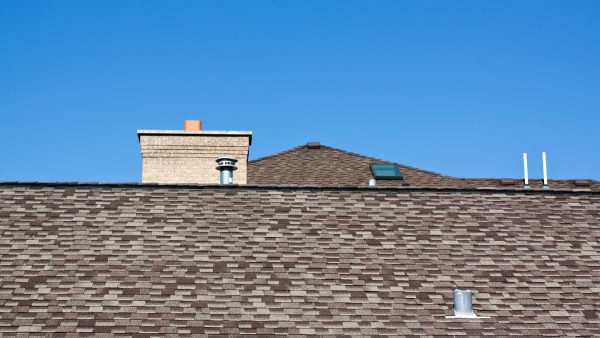Blog

If you live in Oklahoma, chances are your roof has ventilation problems. Unfortunately, many contractors don’t know how to install ventilation correctly. They add the wrong type of vents, too many or too few, or multiple types in different areas. Or even worse, they don’t add roof vents at all.
An attic that’s only ventilated at the soffit will get incredibly hot and cold, holding temperature even when the rest of your house is climate controlled. Mold and mildew will build up as humid air stays and doesn’t move. It makes your utility bills higher and lowers the value of your house over the long term.
Oklahoma homes are often particularly susceptible to roof vent problems. You need to understand how roof vents work so you can know whether your house is set up correctly.
Types of roof vents
Soffit, drip edge, or fascia vents that sit around the edge of the house are intake vents, which allow air to flow into the house. The type that are set up high on the roof are exhaust vents, which are designed to let air out.
The round “turtle vents” or louvers you often see on the backside of a house are unpowered, and they allow air to flow out as it warms and rises. Box vents serve a similar purpose. Louvers are usually installed closer to the ridge line while box vents are lower down the roof.
There are also wind turbine vents that spin to pull air out of the attic on windy days and act as passive vents on windless days.
Finally, ridge vents are installed at the very top of the roof under the cap shingles. They’re passive vents.
There are other types of vents including hip and gable, but this covers the major types.
You can use multiple sizes of vent on the same level, but using different types of vents is generally a big no no. Using powered and unpowered vents together is usually counterproductive unless you’re using a system that’s specifically designed for it.
You may run into other types of venting if your house doesn’t have venting under the soffit. There are specific systems made by companies like Lomanco that will allow for proper venting if you follow the manufacturer’s instructions.
In general, try to use one type of vent and stick to it. Make sure it’s at the right level on the roof. And make sure you have sufficient venting at both intake and exhaust.
Choosing the proper roof vent
Are you worried about your roof venting, or needing a new roof? Call us at 405-359-3951. We’ll take a look and give you options.

Let's Talk
Get in touch to get started on your roof today. We are happy to answer any of your questions. Feel free to schedule your free roof inspection as well.
